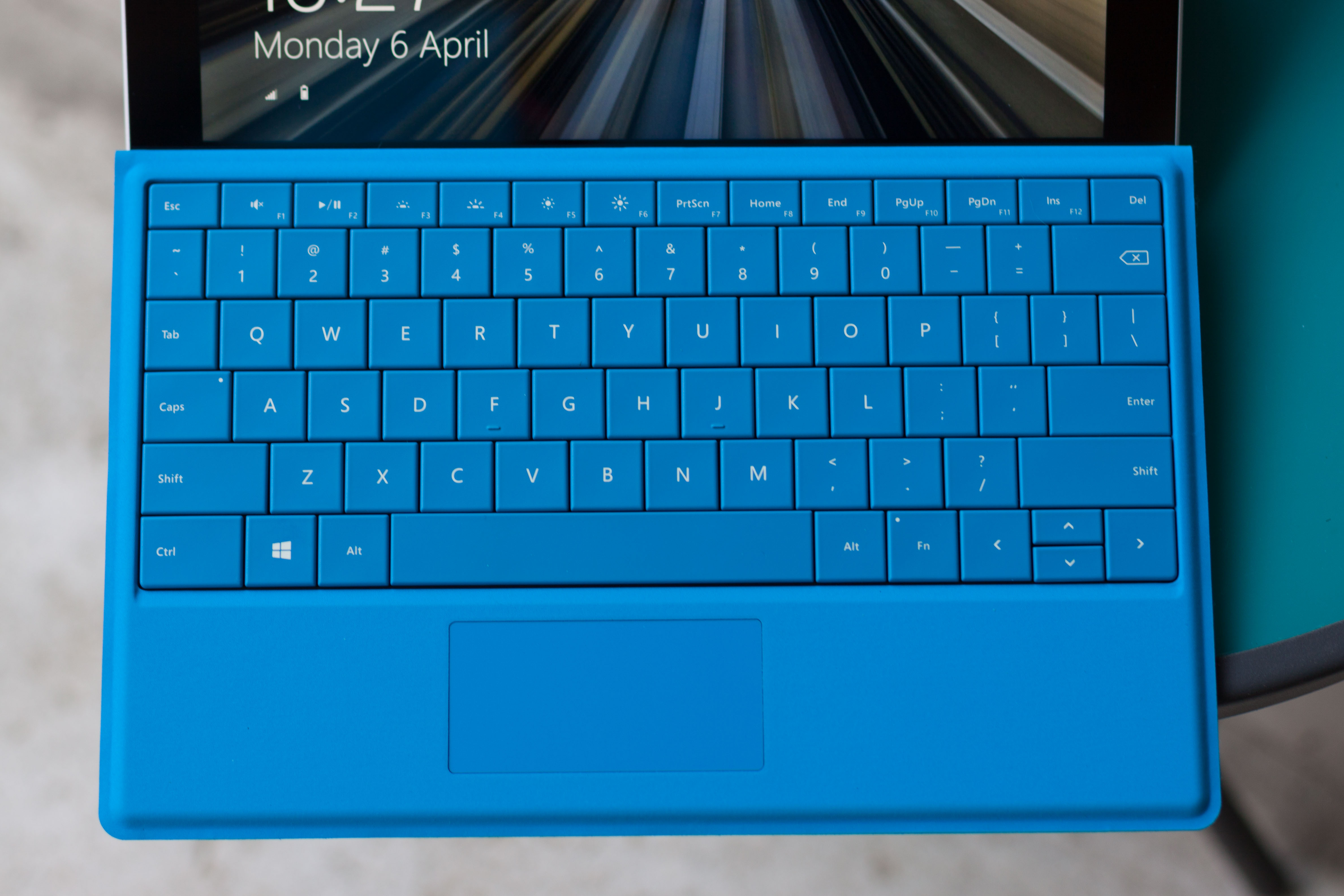


And GPU max freq increased from 900MHz to 1GHz. Base clock increased from 1.1GHz to 1.3Ghz, and max boost increased from 3.4GHz to 3.9GHz. It's nearly identical, they are both dual-core Amber Lake-Y. Microsoft's Surface Go 3 website lists the i3-10100y as a quad-core CPU, but Intel's Ark disagrees. I think you need to check on that m3 -> i3 refresh to see if it's actually faster. We won't know how well the Surface Go 3 performs in practice until we get our hands on it, but all signs point to a significantly faster and smoother user experience. The issue was that Microsoft couldn't find a way to get more CPU horsepower into the 10-inch chassis, but that problem has now been solved - on paper, at least. The fact that Microsoft isn't making any significant changes to the design of the Surface Go with this latest model may disappoint some, but did the Surface Go need any changes? As my colleague Daniel Rubino noted in his Surface Go 2 review, the design of the device was already impeccable. LTE Advanced Qualcomm Snapdragon X16 LTE Modemġx USB-C, 1x Surface Connect, microSDXC card reader, 3.5mm headphone jackĢW stereo speakers with Dolby Audio Premiumĩ.65 x 6.9 x 0.33 inches (245mm x 175mm x 8.3mm) Wi-Fi 6: IEEE 802.11 a/b/g/n/ac/ax compatible, Bluetooth Wireless 5.0


 0 kommentar(er)
0 kommentar(er)
